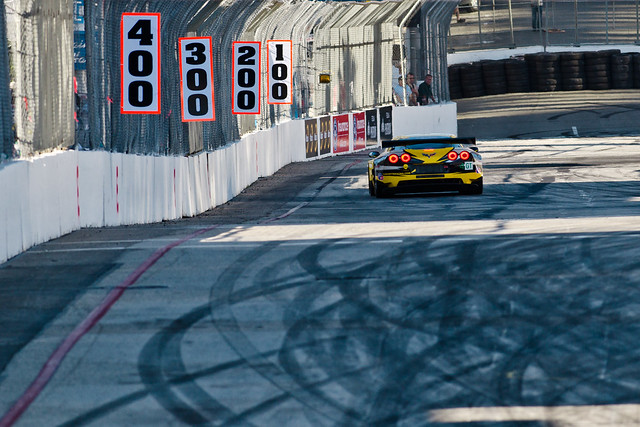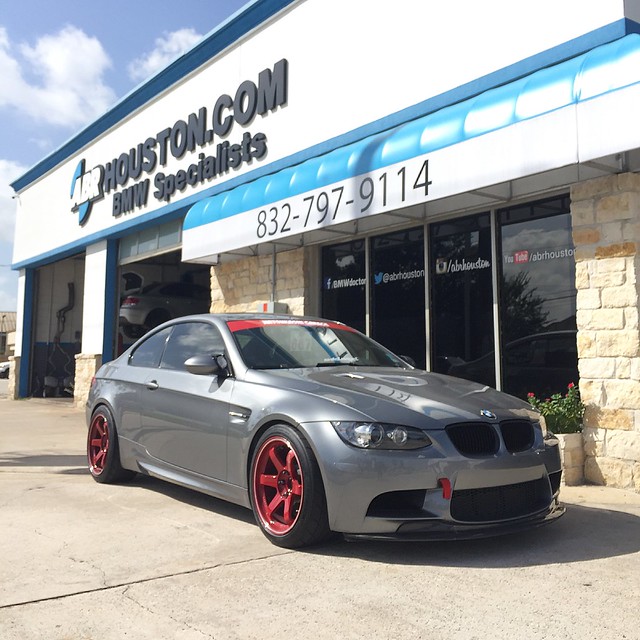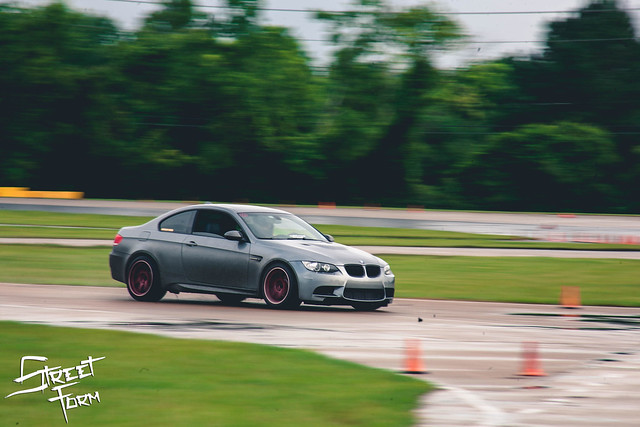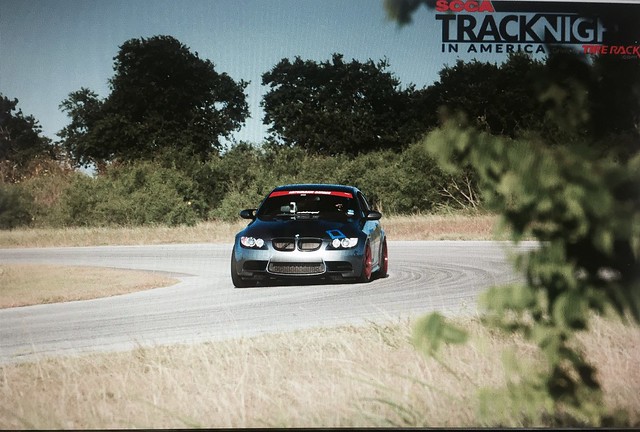Im no racing driver or even at a pro level, but I am a track rat and go to track days once a month. From my tracking experience, the way your utilize you brakes will make a big difference in lap times, and your car’s handling dynamics. Tracks have some type of braking markers that you can use to your advantage. The markers can be numbers on the side of the track, cones, paint along the track, or even landmarks, like a bump on the track surface.
Braking markers gives you an idea when to apply the brakes before approaching the corner. Now with different speeds your braking marker changes. When Im at the track, I estimate when I should brake after passing a certain braking marker. If I go into the turn too slow then I know I can brake later and if i take the turn too fast then I know I should brake sooner. Do small increments at a time and that would be your braking zone. Simple right?
Next when braking is to determine how much pressure applied is needed for the brakes. Thankfully with modern cars having ABS you don’t need to worry about lock up. A lot of people tend to underutilize the brake pressure initially. Then as you approach the corner too fast you are forced to brake harder. Which in turn can overload the front tires thus loosing grip and seconds.
From what I have experienced; is when you are at your braking zone, you want to press the brake pedal fast and hard for the first 50% of the braking zone. Then gradually release the pressure before hitting the apex. Pressing on the brakes hard on the first 50% of the braking zone allows the car to slow down significantly. Doing this loads up the front tire, and thus providing more grip in the front. Then after the 50% of the braking zone is passed then you could start slowly releasing the brake pressure and modulate the speed going in the corner. This allows the cars weight to shift slowly and making it more stable and predicable for the corner. Doing this technique also allows for trail braking.
Trail braking is the technique of braking while turning. Ideally, they say correct way is to brake in a straight line then turn. But sometimes that can unsettle the car and can cause oversteer (at least for me). I say that because when you release the brake pedal all the weight shifted to the front shifts to the back. Then as you turn all the weight transferred to rear will act like that pendulum and swing the rear end out causing oversteer. This makes the car loose and more difficult to handle at the track. Yeah drifts are fun but its not cleanest or the fastest and sometimes if you do it wrong you will spin out.
Trail braking when done right will allow you set up for the apex and have increased grip. Basically I do this during the 2nd half of the braking zone. As I am slowly releasing brake pressure I am turning the wheel aiming for the apex. Braking allows the weight to remain in the front tires which loads it and provides more grip while turning. Hence modulating the brake pedal and speed. By the time I hit the apex my foot is completely off the brake pedal and ready to accelerate out of the corner. Now if done wrong you can overload the front tire and this will cause the tire to loose grip. You loose seconds and get understeer or even brake lock up if you don’t have ABS. This can happen if you go into the corner to too fast. That saying: “slow in fast out” is sooo true.
Practice makes perfect.





